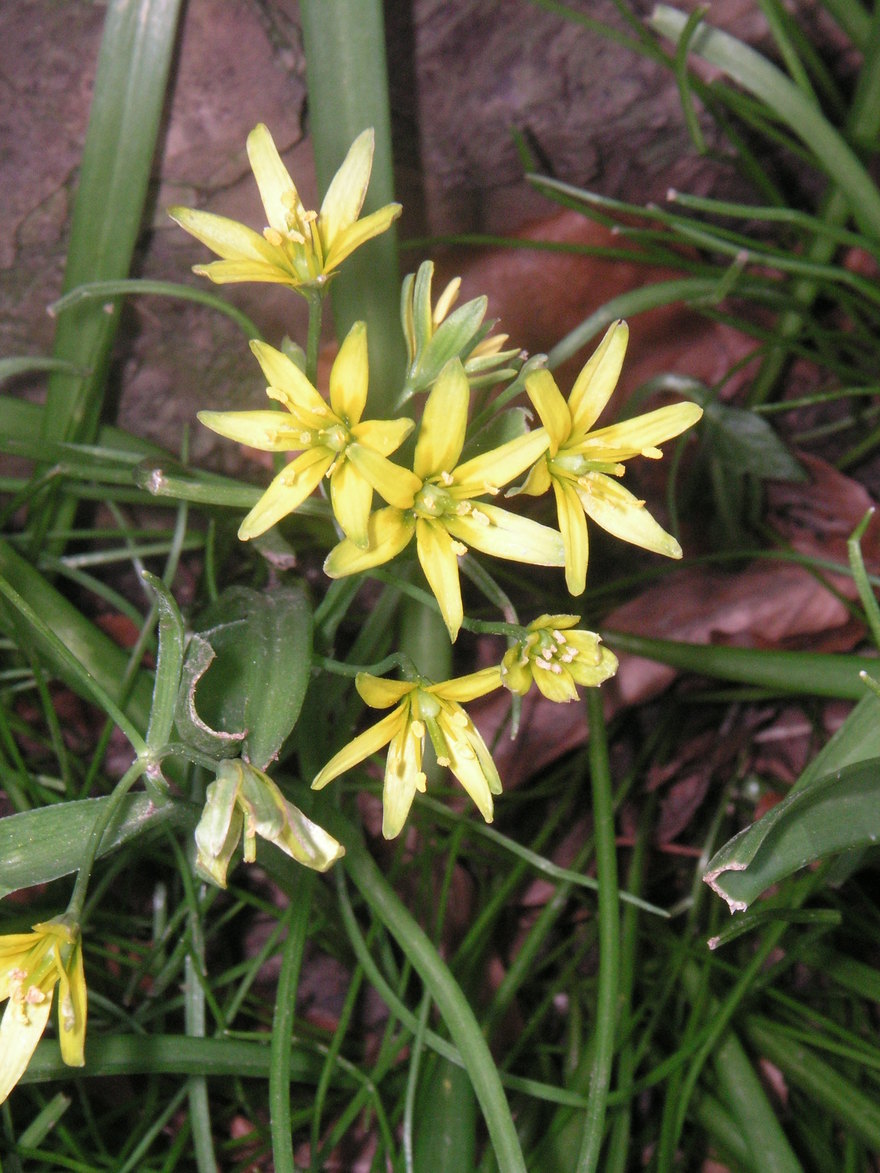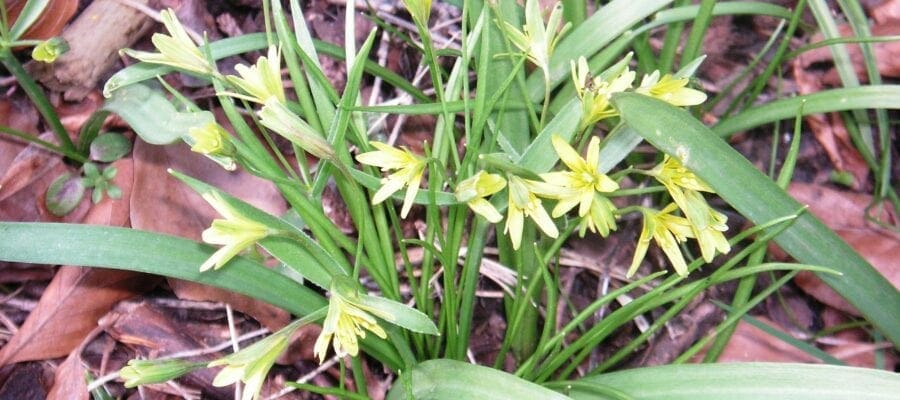University of Leicester Botanic Garden to grow Yellow Star of Bethlehem flowers to prevent extinction in Leicestershire & Rutland
• The Yellow Star of Bethlehem flower in Leicestershire and Rutland has declined in recent years. Following a recent survey, it seems there is only a single surviving population
• Project aims to conserve Yellow Star of Bethlehem population in Leicestershire and Rutland by growing them at the University of Leicester Botanic Garden
• Declining population of many wildflowers in the British Isles makes strong case for better habitat management nationwide
• World Environment Day 2016 took place on Sunday 5 June

A new conservation project at the University of Leicester hopes to save a rare wildflower that is almost extinct throughout Leicestershire and Rutland – and has a declining population nationwide.
Announced to coincide with World Environment Day 2016, which took place on Sunday 5 June, the project will see bulbs of the Yellow Star of Bethlehem flower planted at the University of Leicester Botanic Garden in order to reintroduce the species to the area.
The Yellow Star of Bethlehem, which has a scattered distribution throughout the British Isles, has seen a decline throughout much of the country – including Leicestershire and Rutland.
While the uncommon flower could be found in areas such as Cloud Wood and Stoke Dry Wood in Leicestershire in the early 1900s, the only location in the county it can now reliably be found is in east Leicestershire where it is unprotected and at-risk of over-grazing, raising concerns about its long-term stability.
Dr Richard Gornall from the University of Leicester Botanic Garden said: “We plan to rescue the sole surviving population of Yellow Star of Bethlehem in Leicestershire and Rutland.
“The conservation of any endangered species obviously requires knowledge of how it reproduces. In the case of the Yellow star of Bethlehem we know it relies on the production of subterranean bulbils when it is in its young stages, but also that it completely switches to seed reproduction once a certain bulb size is attained. This has a potential effect of the genetic structure of the populations and in turn has implications for how they are sampled for conservation purposes.
“Given the declining population of many wildflowers throughout the British Isles, there is a strong case to be made for better protection by means of intelligent habitat management including the establishment of nature reserves.

“Where this approach is not available or practical, however, it is clear that there is also a good argument to be made for ex situ conservation either by growing the plants in botanic gardens or special collections.”
The Yellow Star of Bethlehem (Gagea lutea) belongs to the tulip tribe of the lily family and grows in moist, base-rich shady habitats including woods, hedgerows, limestone pavements, pastures, riverbanks and stream banks.
The project is partly funded by the Friends of the Garden and highlights the University of Leicester Botanic Garden’s commitment to conservation.
For more information about the Friends of the Garden at the University of Leicester visit the website: http://www2.le.ac.uk/institution/botanic-garden/friends-of-the-garden
Visit the University of Leicester Botanic Garden website here: http://www2.le.ac.uk/institution/botanic-garden











